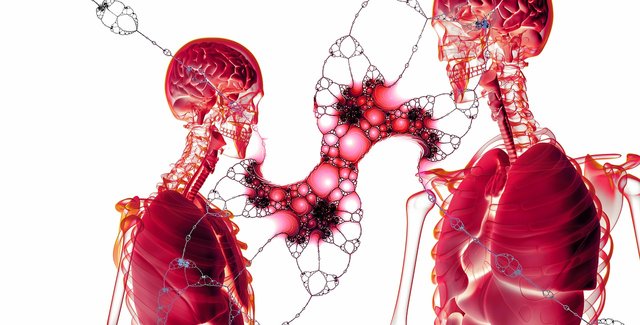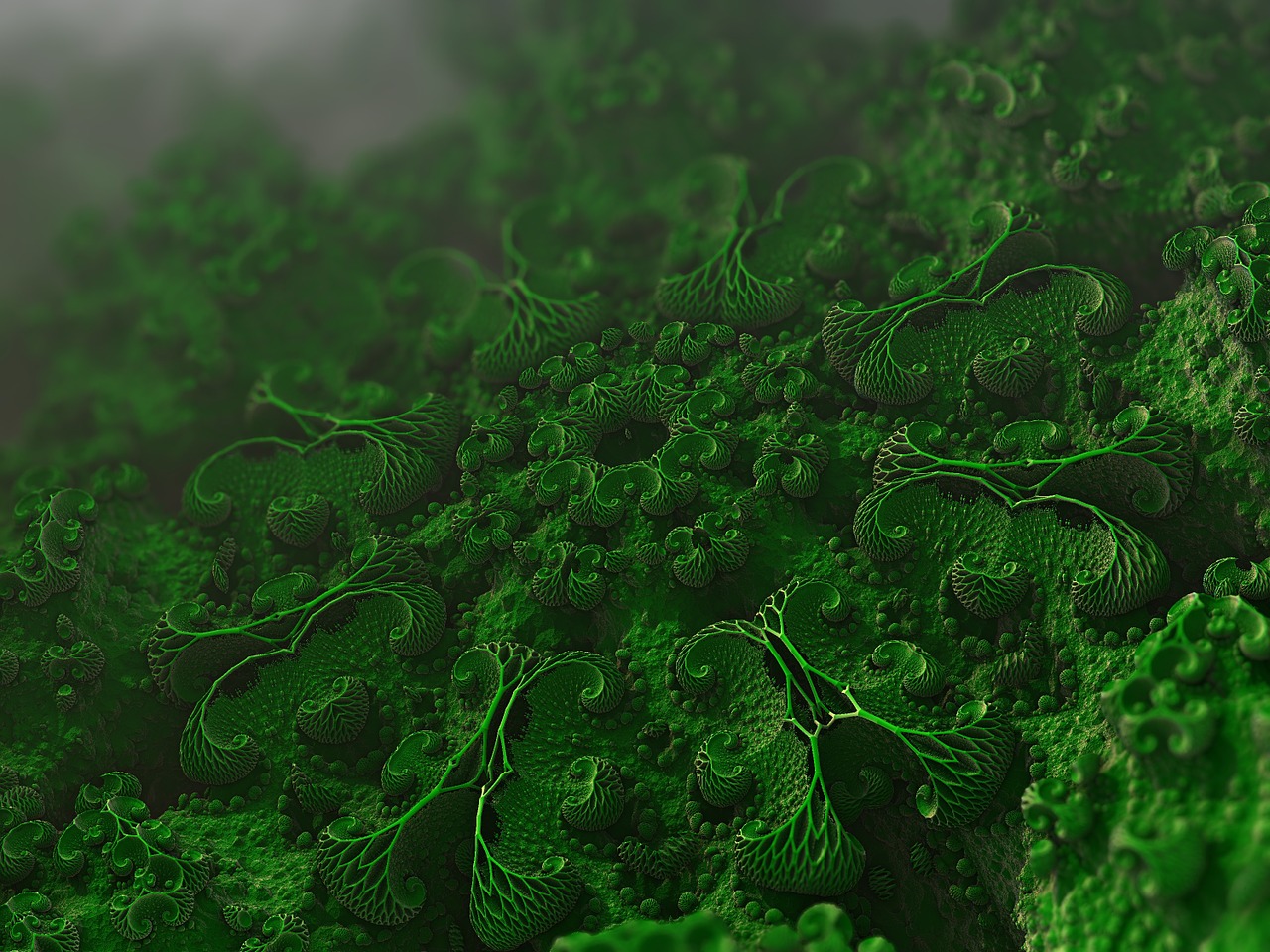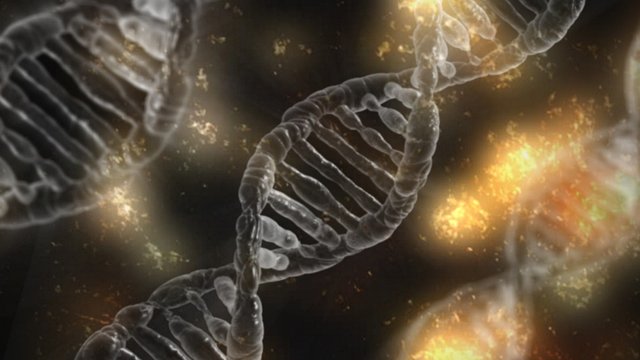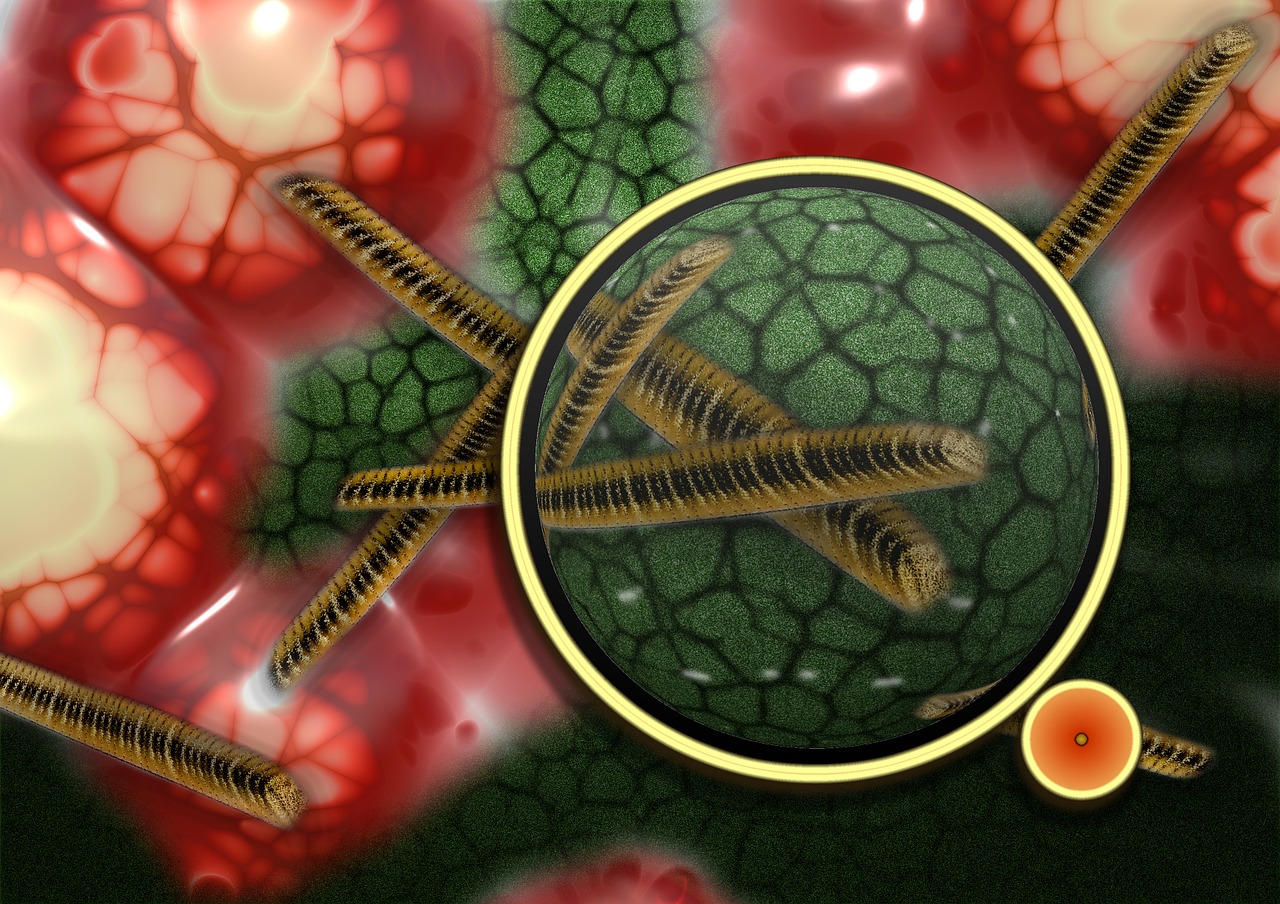The Art of Science: Molecular Animation
Hi Friends,
Truth be told, I am not a science nerd, you know, someone who has a large portion of the brain solely dedicated to inspiring science or technological innovations as well as talking ecstatically about them. Rather, I am a nature enthusiast, one of those merry-go-round fellas that like the breezy sound of the wind, the complex DNA and RNA composition of man, the brilliant AI inventions just as much as they like the artistic paintings of Ben Enwonu, the musical sorority of Dido or the simple yet mind blowing poetry of Warshan Shire and Gbenga Adeshina.

Image Source: Pixabay, CC0 Licensed
Hence, by implication, I am constantly looking for ways science and art intertwine seamlessly to make a spectacular difference to the world. I have found most of these science-art fusion in the science fiction novels and movies I see and those stunning natural phenomena that is scientific in bearing yet enchantingly beautiful, talk of those plants that bloom in the morning but close up their wares to the scorching sun, the beautiful, artistic user interfaces of smartphones, cloudy lines forming into a horse or the sheer beauty of thunder and lighting. However, never before have I found a rare combination of art, technology and science than what I found in Molecular Animation.
Animation: The Beginning
There isn't exactly one definition to molecular animation because up on till recently, it didn't exactly exist as an entity in itself. It was not a field or something you could study in school and get a degree for. It was a means to an end. But let's delve into the more familiar terrain of animation. Animation has had an existence way before photography itself took ground. It basically centres around the simulative representation of moving images so that images and objects are manipulated to seem like they are moving and talking and being real. Without much fuss, animation can be said to belong to the realm of the entertainment geeks. There are various In traditional animation, images are drawn on cel, photographed and then made to pass through film which in itself creates an illusion of movement.

Image Source: Pixabay, CC0 Licensed
Right now though, animations are mostly created using computer generated imagery which is basically used to create 3D animation or the more rudimentary 2D animation. While 3D animation is the realest, dopest screen experience you can ever get, you know, the likes of Resident Evil, Ready Player One, name the rest, 2D animation is good for the past century and for patching motion characters into some model zombies! Anyway, 2D animation is way past us now.
However, even more than 3D, there is some other prevailing animative technique that sells off the 'real faces' of the cast, and makes them real and not real at the same time. This is called 'pixilation'. Those DC and Marvel superhero movies we feast on follow in this trend- Guardian of the Galaxy, Fantastic Four, Justice League, Xmen, The Avengers. I can go on and on.
Now, the depiction of life using animation wasn't some artistic craft which simply dawned inspirationally on some artist. It was technologically crafted and induced. Animation has come under a whole lot of process, all the way from shadow plays, magic lanterns, phenatiskicope, zoetrope to the present several techniques of computer animations and the opening frontier of animatronics (I do hope to elucidate on this later). The fusion of art and technology is what has birthed animation. And as common with our ecosystem, animation, has in turn, birthed molecular animation.

Image Source: Pixabay, CC0 Licensed
Molecular Animation.
Janet Iwasa, bright and determined, walked into the walls of the University of California, to be a cell biologist. She loved the mysteries behind living organisms, the minuteness yet nuclei importance of cells, but most importantly, she loved the microscope. She loved looking beneath the lens of microscopes to find the beautifully coloured, shapely cells of Drosophilis embryos or fish keratocytes. The tiny cells of these organisms, they have a field day playing and swimming in bloody waters. The magic of it all thrilled her, and it must have thrilled every other student studying to be a cell biologist.
The only difference was that Mrs. Iwasa couldn't stop wondering how these cellular magic could be literally translated and represented onto a bigger, well detailed canvas so that everyone, biologists and non-biologists alike, could revel in this magic too. She was on the very brink of her thoughts when a student, in a biology gathering, illustrated a point about cells and molecules using 3D animation as against the normal 2D, bland illustrations known with their field.
This stirred something within her and soon enough, she took up a free course in 3D animation at a San Francisco University. Although, she started out animating stick figures, tables and chairs, soon enough, she made her position clear by plunging into the animation of macromolecules and cells. Given that animation was solely programmed foe entertainment purposes, it was a little bit difficult adapting the ropes she had come to learn and love.

Image Source: Pixabay, CC0 Licensed
But then, with an unusual postdoctoral programme, constant practice and many awesome projects and grants falling on her laps, she has come into the full task of designing several animated projects of molecules and cells. She has gone on to design animated illustrations of the chemical origins of life, the evolution of man on Earth as well as the an ambitious motion representation of the HIV life cycle. Now, it would appear that like she has also earned herself the pioneer seat of a long abiding line of technologists and biologists who have embarked on several projects to make animating cells an easier, more belonging field in the sciences. One of these many projects is the Molecular Flipbook, an intuitive software for Molecular Animation.
So about those who think they can very well control the drift of this creatively induced biological endeavor, why not ready yourself by picking up an animation course online, and working your way through a sound biology class. As you pick your way through these fields, with time, you would very well discover that even the bold bass voices of Science and technology need an artistic tenor to make melody.
References
Crafting a Career in Molecular Animation
I loved the way you started... Caught my attention i had to read till the end. Well done.
Being A SteemStem Member